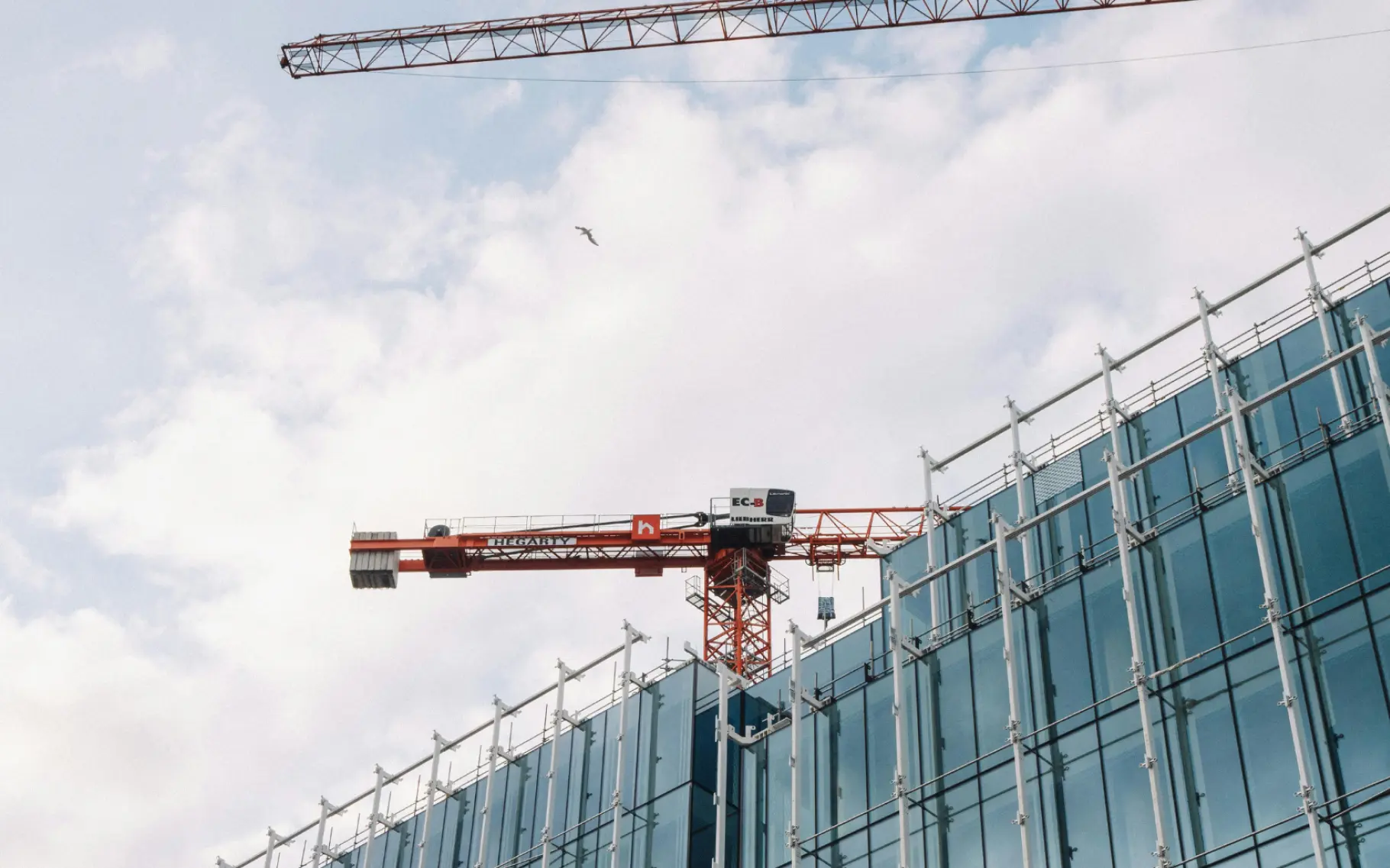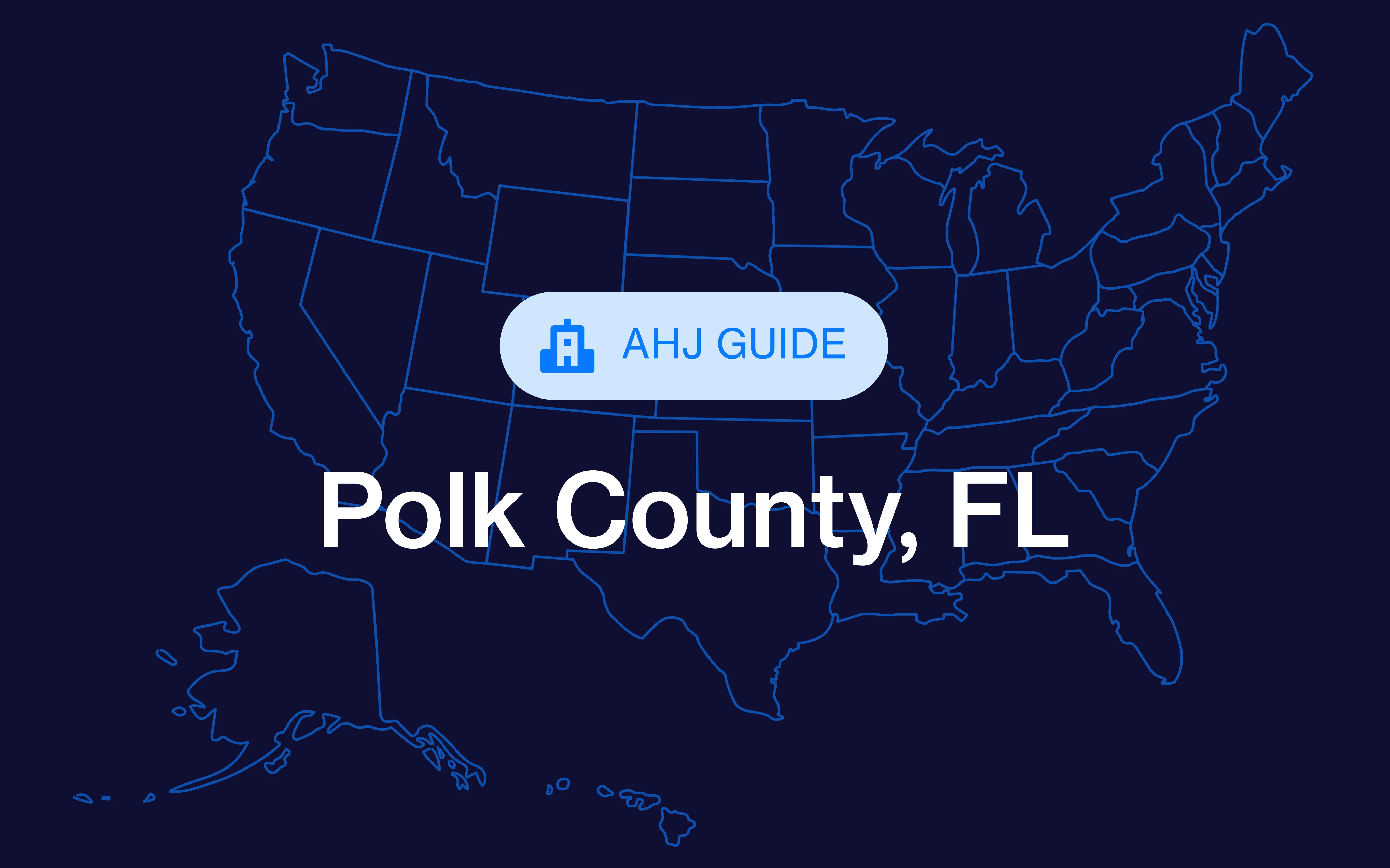In construction, there’s a lot of emphasis placed on design, permitting and inspections, and site work. However, there’s one area that determines whether projects stay on schedule and within budget: construction procurement.
Construction procurement is much more than just purchasing materials — it’s a strategic decision that connects planning, design, and field execution. When executed well, it ensures the right materials and subcontractors arrive at the right place and time, while ensuring that costs are predictable and manageable. Executed poorly, it can cause a domino effect of delays and unexpected expenses.
This guide covers:
- What construction procurement is
- The difference between procurement and purchasing
- Common procurement best practices
- How technology is helping contractors modernize the procurement process
What is construction procurement?
Construction procurement refers to the process of sourcing, acquiring, and managing the materials, equipment, and services required to complete a specific construction project. Construction procurement helps to bridge the gap between preconstruction planning and on-site execution.
Decisions made during procurement determine:
- Which teams build what
- Where specific materials come from
- How those resources are allocated
A strong procurement process supports project managers, estimators, and field teams by ensuring they have everything they need, including labor, without disruption.
In larger commercial builds, procurement often involves complex bidding and contract management across multiple vendors and trades. For residential builders or contractors like an HVAC technician, the focus may be on streamlining supplier relationships, standardizing parts and materials, and reducing order lead times.
Regardless of the size of your project, effective procurement reduces waste, boosts profitability, and improves collaboration across all of your teams.
Procurement vs. purchasing: What’s the difference?
While some people use the term procurement and purchasing interchangeably, they are two distinct processes.
Procurement is a strategic process — it involves planning, forecasting project needs, maintaining building and supplier relationships, and managing contractors across multiple projects.
Purchasing is transactional — it’s the actual act of ordering and paying for specific goods and services.
In practice, a procurement manager might develop an annual agreement with a steel supplier to lock in bulk pricing for several projects. A project coordinator might then issue a purchase order to that supplier for a specific job.
Confusing construction procurement strategy and purchasing can lead to inefficiencies such as reactive ordering, missed discounts, or inconsistent quality. Avoid this by aligning definitions with your entire team and prevent miscommunication. A well-structured procurement strategy ensures purchasing decisions align with long-term business goals, and not just short-term project needs.
Types of construction procurement methods
The method your team uses to procure design and construction services shape the project’s workflow, risk distribution, and collaboration model.
Here are the most common construction procurement methods and when it’s a good time to use them.
1. Traditional (Design-Bid-Build)
This is the most common method for both public and private projects. The project owner hires a designer to complete plans, then bids out construction separately.
This strategy is best for projects where design control and cost certainty are priorities. The downside is that the sequential steps can mean a longer overall project timeline.
2. Design-Build
In the design-build procurement method — which is notably rising in popularity — one entity handles both design and construction under a single contract. This encourages more collaboration and often provides a faster project delivery.
This method is best for fast-track or turnkey projects. The downside is that there’s less separation between design oversight and constructions, so decisions need to be unanimous throughout.
3. Construction Management at Risk (CMAR)
In the CMAR method, a construction manager joins early in the design process to advise on cost and constructability. The construction manager then guarantees a maximum project cost to minimize any unexpected expenses during the process.
This method is best for complex projects that require cost control.
4. Public-Private Partnerships (PPP)
The PPP construction procurement process is used primarily for major infrastructure projects. A public agency partners with a private entity for financing, construction, and operation. This process is used for large-scale infrastructure or energy projects that require a shared risk.
Steps in the construction procurement process
The construction procurement process typically follows a structured sequence to ensure materials and services are implemented during the right stage of the project.
These steps typically follow this order:
- General needs assessment
Identify the general project requirements, such as the materials, equipment, and subcontracted services. These requirements are based on design documents and schedules created before the procurement process begins. - Specification development
Define standards, measurements, and quality criteria for all items being procured. - Vendor prequalification
Screen suppliers for experience, certifications, and reliability. - Request for quotation or proposal (RFQ/RFP)
Solicit competitive bids or proposals from qualified vendors necessary for the project. - Bid evaluation and selection
Compare based on cost, technical capabilities, reputation, and compliance. - Contract award and negotiation
Solidify final pricing, delivery schedules, and terms of service. - Order management and delivery
Coordinate logistics to ensure materials arrive when needed and in the right location. - Performance evaluation
Review supplier performance post-project to inform future procurement decisions.
Common construction procurement challenges
Procurement teams face unique obstacles that can disrupt even the most organized of projects.
Some of these challenges include:
- Material price volatility
Costs for necessary materials like steel, lumber, or electrical components can fluctuate dramatically due to external forces, such as tariff changes and materials shortages, which greatly impacts budgets. - Supply chain disruptions
Delays in manufacturing or global shipping can cause on-site bottlenecks. - Vendor reliability
Late deliveries or inconsistent quality can throw off schedules and wreck budgets. - Data silos
Miscommunication between the field, office, and suppliers leads to inaccurate information or duplicate orders. Using tools like construction project management software can help prevent miscommunication. - Compliance issues
Managing certificates of insurance, licenses, and safety documentation adds more to an administrative workload. If you're working on a small team, this administrative work often takes away from the more hands-on part of the procurement process.
Construction procurement best practices
Strong construction procurement systems are used not just to save money, but to ensure consistent and predictable outcomes for projects.
The following best practices can help you strengthen your procurement strategies:
- Standardize the process
Use consistent templates for RFPs, contracts, permits, and vendor evaluations. A standardized process helps to reduce errors and maintain consistency across team members. - Build long-term supplier relationships
In the construction industry, reliable partners are better than gold. They can help secure more affordable pricing, prioritize your projects, and improve delivery reliability. - Implement transparent communication
Keep estimators, project managements, key contractors, and procurement staff aligned on timelines and material needs. Use tools like construction project management software and permit management software to help. - Track key performance metrics
Monitor supplier performance, delivery times, and variance between estimated and actual costs. If there are major variances, this is when to consider searching for different vendors to minimize budget overrun. - Diversify your supply base
Avoid overrelying on one single vendor or region. This will minimize your risk from supply chain disruptions or affecting multiple projects. There are benefits to long-standing relationships, but it’s always wise to have a backup option. - Integrate procurement with project planning
Link material ordering to construction schedules to prevent material stockpiling or shortages.
How construction technology improves the procurement process
Construction technology has come a long way from the manual, paper-heavy process it started from. If you’re considering purchasing software for your construction business, take a look at how technology is currently driving improvement in the construction industry:
- Construction procurement software: This software automates RFPs, bid comparisons, approvals, and purchase orders, which can save hours of administrative work — especially for smaller teams.
- Cloud-based collaboration tools: Collaborative tools like construction project management software and permit management software can help to keep contracts, specifications, applications, and invoices accessible across teams and devices.
- Inventory and material management systems: These tools provide real-time visibility into stock levels and deliveries, preventing over-ordering or material shortages.
- Data analytics dashboards: Having an analytics dashboard helps you quickly identify key data, such as spending trends, vendor performance, and cost forecasting. Knowing this information can help you make data-driven decisions for your business.
- Integrations with other technology platforms: Connecting procurement workflows to other tools you’re using can help with scheduling, budgeting, and field reporting tools.
Digital procurement not only helps to save your team time, but it also helps ensure your company stays resilient in tougher times. When supply chains shift or materials prices change, technology provides the visibility and agility you need to pivot quickly.
Construct a smarter procurement strategy
Construction procurement sits at the intersection of cost control, quality assurance, and project delivery. Whether you’re managing large-scale commercial builds or coordinating smaller, residential or renewable energy installations, a well-structured procurement strategy can mean the difference between a smooth process and costly setbacks.
In the end, a successful procurement process isn’t just about buying materials — it’s about building strategic partnerships to keep your projects running efficiently. As construction technology continues to evolve, so too will the procurement strategies that propel the industry forward.
Streamline preconstruction even further
Looking for more ways to improve your preconstruction operations? Automate your workflows with PermitFlow.
Our AI-powered platform simplifies:
- Permitting
Automate research, submissions, and approvals so your team can stay focused on construction, not chasing permits. - Inspections
PermitFlow automates inspection scheduling, coordination, and closeout so you can move to the next project faster. - License management
Stay compliant across every jurisdiction without the risk of fines, delays, or missed renewals. PermitFlow delivers proactive alerts to prevent your license from lapsing.
Get a demo of PermitFlow today.








